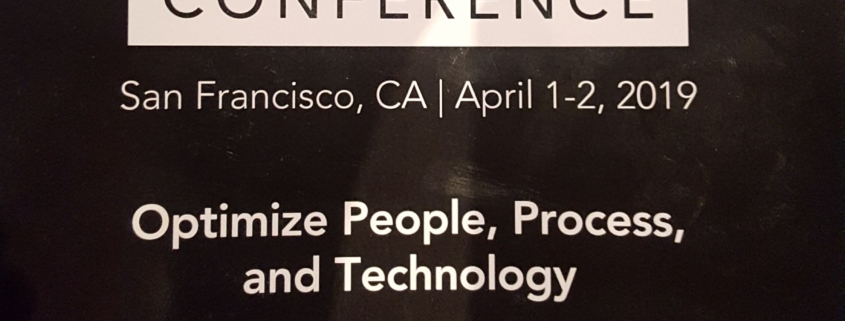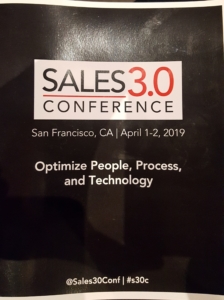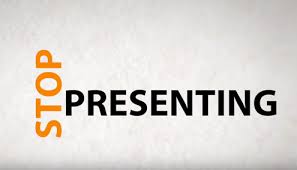
A Go To Market Strategy is the high level view of the vision or mission of an organization’s long and short term objectives. The strategy is carefully formulated by upper management to move an organization toward their specific destination. If, for example, an organization has the desire to increase revenue, a sales strategy for increased revenue may be formulated with the careful consideration of many different factors: assets, competition, the marketplace, margins, operational costs, the number of product lines, distribution, channels, value propositions, and plans for growth, to state a few.
We recently worked with an organization who wanted us to help them build a sales process to “get more sales now”! Their short-sightedness of only looking at the “close up” of the map gave them the misguided idea that their destination was nothing more than to get the reps out there selling better! We were able to guide them through a sales strategy exercise, and THEN helped them build a sales process on how to execute their strategy.
One Conversation At a Time
The principal component of a sales strategy is execution. Sales process outlines the step-by-step, most efficient, customized directions of execution to get to the final destination. It provides information on how to get to the destinations in specific detail, based on selling skills. The steps are broken down one conversation at a time for practice and mastery. This specificity enables the implementation of strategy by providing the following advantages to the entire team:
- A common path and language
- Functional messaging tools based on the strategy
- Skill sets that are tied to process steps
- Flexibility to use the process in practical terms as competencies are mastered
- Process steps that are tied pipeline milestones
Visibility with Leading Indicators for Success
If you ensure that all sales reps and managers follow the sales process, you can outline expectations and more easily benchmark your sales team against common criteria, providing an excellent evaluation of the strategy at the rep level. A sales process provides:
- Confirmation that opportunities are moving, or stalled, as the case may be
- A measure of the skill of individual sales reps
- An opportunity for focused skill coaching of sales people by managers
- The backbone of reporting tools for leading KPIs (Key Performance Indicators) of performance measurement against key outcomes of the sales strategy.
When determining your organization’s sales strategy, take the time to ensure your understanding of the entire landscape. Then, implement a sales process that allows you to execute toward your objectives, with the ability to gauge your success along the route, and soon, you’ll arrive at your destination: Success!








 In three separate conversations, I was contacted by 2 sales representatives and one entrepreneur who asked to provide a critique of a presentation that they were taking to a prospect. While the circumstances around each were different, there was one common challenge I identified following each conversation-information around a solution, product, or service was being presented way too soon! None of the three understood how the prospect ran their business without the recommendation that they would prescribe. And only one realized how this approach would lower their chances of a successful outcome, even if they did (for some strange reason) win the business.
In three separate conversations, I was contacted by 2 sales representatives and one entrepreneur who asked to provide a critique of a presentation that they were taking to a prospect. While the circumstances around each were different, there was one common challenge I identified following each conversation-information around a solution, product, or service was being presented way too soon! None of the three understood how the prospect ran their business without the recommendation that they would prescribe. And only one realized how this approach would lower their chances of a successful outcome, even if they did (for some strange reason) win the business.